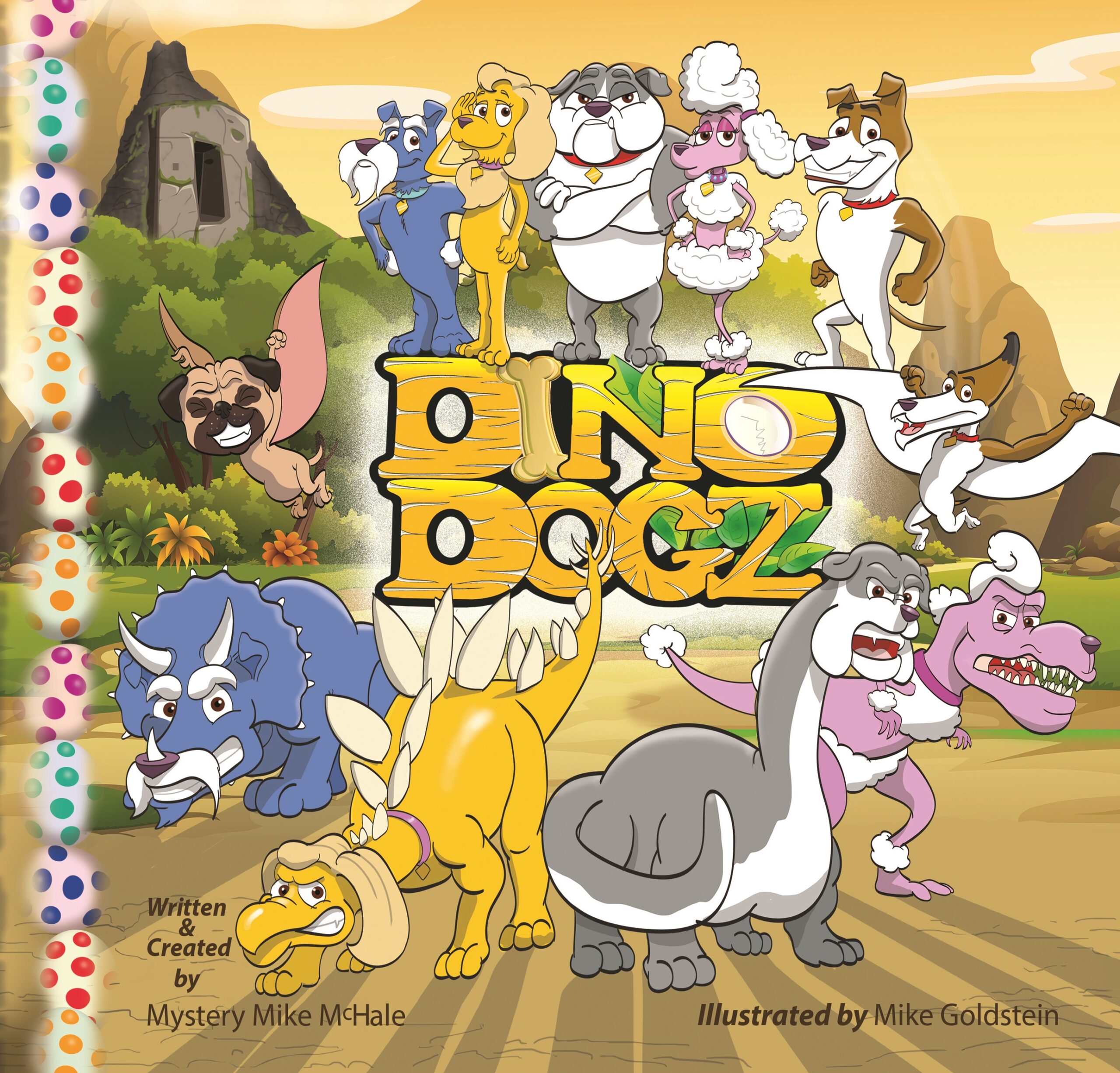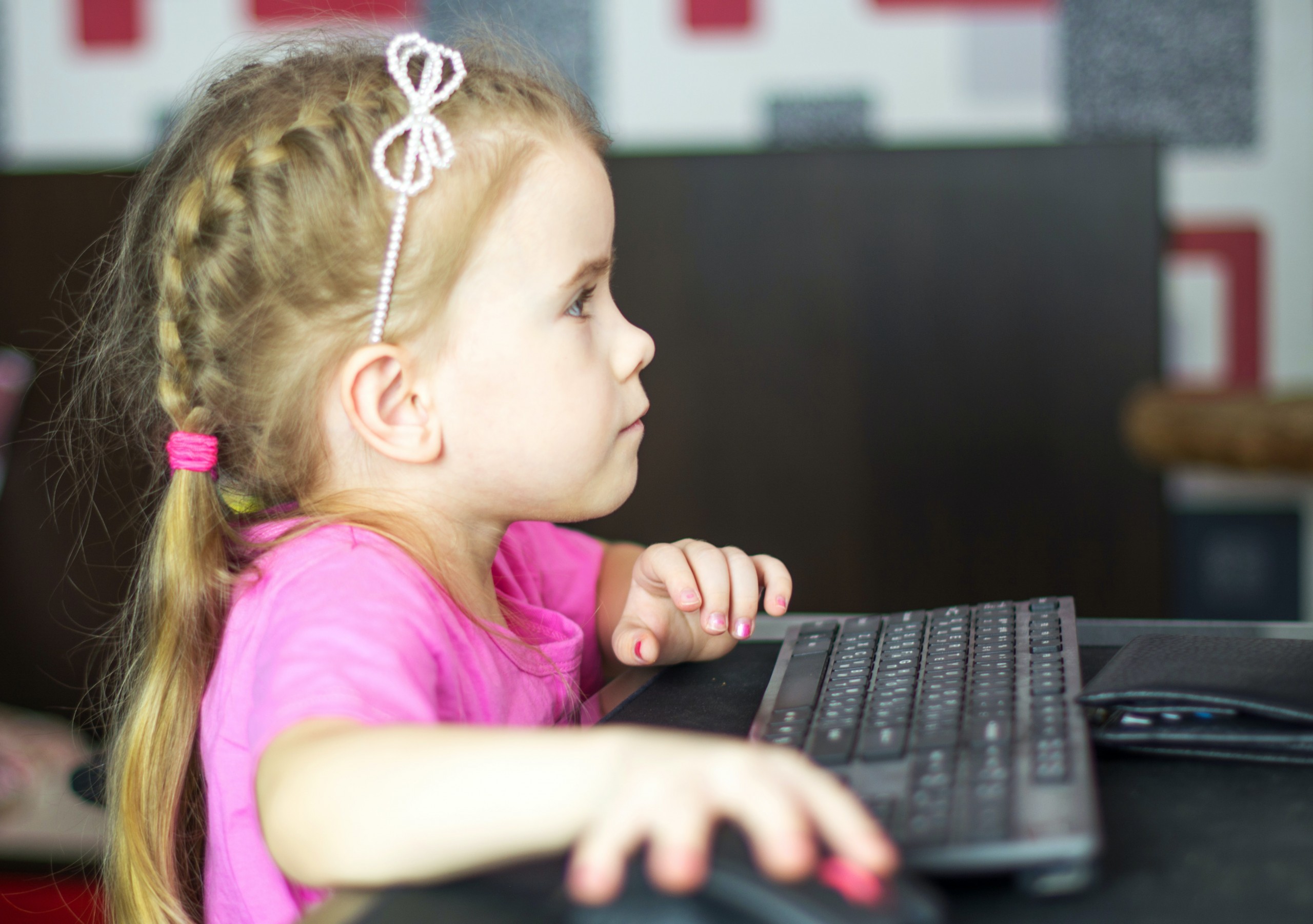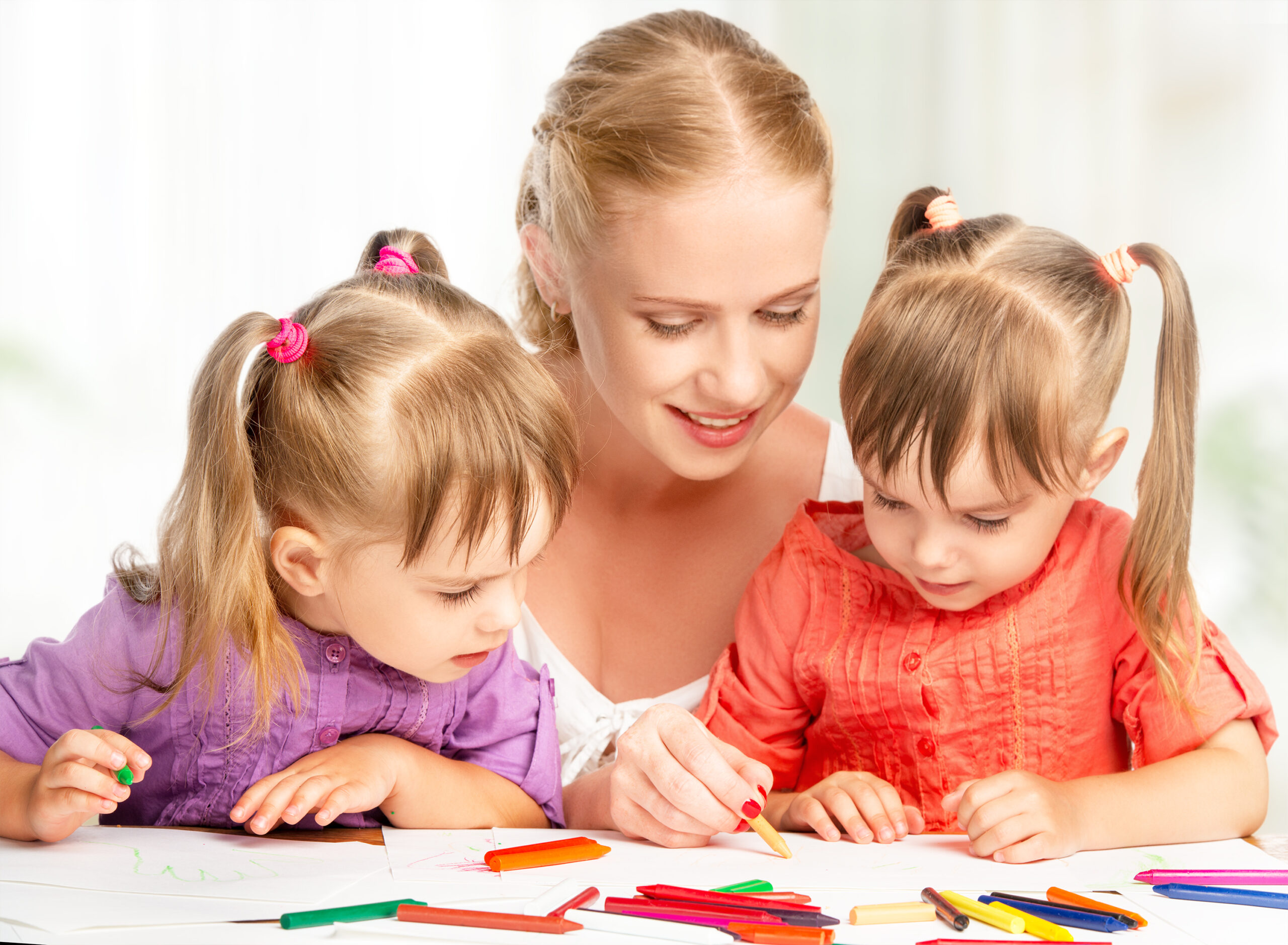Although the Montessori education method is becoming more popular, many people still don’t quite understand the concept.
Many families choose a Montessori school for kids ages 3 to 6, then transition into a traditional school for kindergarten or 1st grade. Preschools using the Montessori approach outnumber high schools using it by nearly 20 to 1. But whatever the grade level, the principles are the same.
Follow the Child’s Interests
“The basic principles of the Montessori method center on ‘following the child’” says Cathy Lopez-Cooling, head of the Children’s House Montessori School in Wilmington, DE.
Children’s curiosity interests them in different concepts at different points in their development. “Give them the time, guidance, and patience they need to do something; the reward is a very proud and eventually self-confident human being,” says Cooling.
When she opened the original Montessori school, Casa dei Bambini, or “Children’s House” in Rome, in 1907, Dr. Maria Montessori observed what she called “the absorbent mind” of children.
She realized children absorb knowledge from their surroundings, have an endless interest in manipulating materials, and given the right tools, they can teach themselves more than anyone realized.
Dr. Montessori observed what she called “sensitive periods” when children are suddenly sensitive or tuned-in to certain skills such as learning to walk, talk, read and write. She developed a range of materials for each area of her curriculum; practical life, sensorial, math, language, and culture.
For example, when a child is interested in shapes, she can be given material — in this case, a set of blocks — with different shapes but the same color; when she’s interested in colors, she works with blocks that are all the same shape, but colored differently.
Respecting a child’s mind and his desire to be independent is a cornerstone of the Montessori method.
Montessori at Home
“The most important thing parents can do at home is take time to teach grace and courtesy,” says Nona Melnick, principal of Montessori Children’s House in Horsham, PA. Melnick says it is also important to “let children do what they are capable of.” Here are some Montessori-like activities you can use at home.
Prepare your environment. Include on your child’s shelves a selection of engaging activities, plants to care for and interesting objects to study. Melnick says it’s important to “limit choices and change activities to suit your child’s changing needs.”
Organize the activities. The components of each activity should be neatly arranged in its own small basket or tray and placed on the shelf. For example, in the “Polishing Silver” basket there should be an apron, silver polish, silverware, and a polishing rag.
Start simple. Use with easy exercises such as pouring rice, folding a napkin, matching colors, and spreading cream cheese on a cracker. Have the child choose an activity, bring it to a work surface, slowly show the child how to do the exercise, then allow him to try. When he is finished, have the child put it back on the shelf.
Avoid boredom. If the activity becomes a chore, stop immediately and put it away for another day.
Be patient. Allow the child to make mistakes and teach himself at his own pace.
Teach names. Teach the proper names of everything in your child’s world. Flowers, trees, birds — wherever her interest takes her.
Encourage independence. Put step stools in the bathrooms so your child can reach his toothbrush. Have coat and towel hooks within his reach. Put water cups on a low shelf.
Show the child how to do what you do: wash the dishes, feed the dog, water the flowers. Respect the child’s mind and abilities and be rewarded with a positive attitude and an abundance of self-confidence.
How Many Montessori Schools?
Montessori is an approach, not a franchise. Some excellent Montessori schools are independently run, not members of formal Montessori societies. The largest group of Montessori schools is the American Montessori Society. Its senior director of school accreditation, Marie Conti, says there are:
- 17,000 Montessori schools worldwide.
- About 3,800 private Montessori preschools in the U.S.
- A much smaller number of Montessori elementary schools, and about 200 Montessori high schools.
- About 250 U.S. Montessori public schools and 110 charter schools.
Montessori in Other PreSchools
“Every early childhood classroom, to some extent today, is a Montessori classroom,” says Tim Seldin, president of The Montessori Foundation. “But you’ll only get about ten percent of the Montessori experience in a typical preschool.”
Julie Regalbuto, director of The Goddard School in Malvern says, “Like Montessori, we focus on the developing needs of the whole child, and we limit workbooks and worksheets so children can be more creative and imaginative.” Regalbuto says Goddard differs from Montessori in that its materials are more “open ended” and its classrooms are not multi-aged.
Harriet P. Laveran is a local freelance writer and certified Montessori teacher.






